CyberPanda
Banned
Bleeding Edge is an upcoming arena brawler from Ninja Theory, the developers of Hellblade and DmC: Devil May Cry. We got to go hands-on with the game, and speak to one of Bleeding Edge's directors to learn more about this intriguing title.
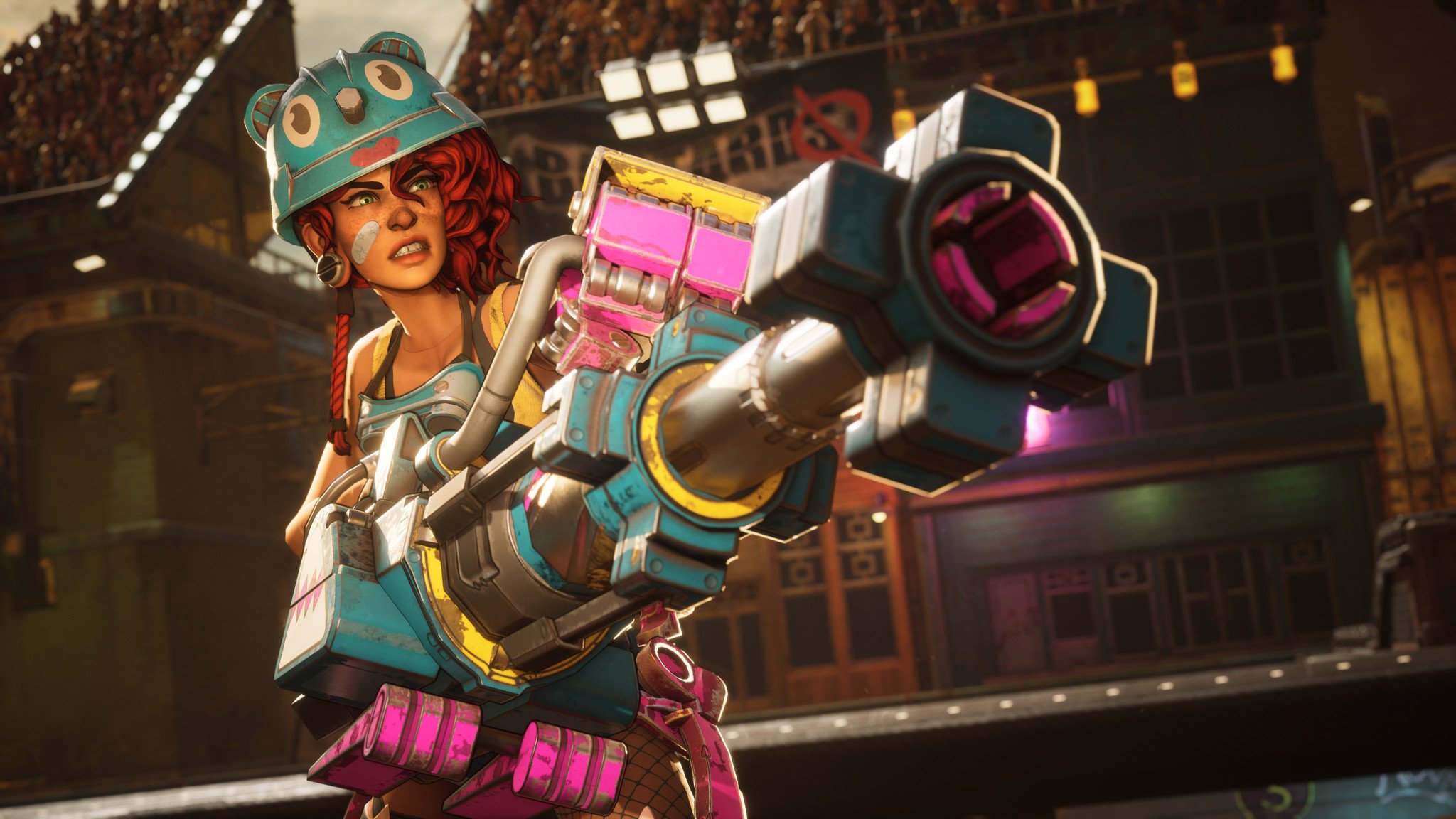
When Microsoft unveiled Bleeding Edge at E3 2019, it came as a bit of a surprise. Ninja Theory's previous game, Hellblade, won awards for its thoughtful writing, incredible character animation, and superior acting. It seemed only logical that Ninja Theory's next game would be in a similar vein, as a narrative single-player experience, particularly with Microsoft's backing. Instead, we're getting a multiplayer brawler, which takes cues from other team-based games like Overwatch and DOTA, while also standing proud in its own unique space.
There was a bit of a mild backlash to the news, from Ninja Theory fans hoping to see more Hellblade-like games emerge from the studio. I'd argue the backlash is unfounded, as Bleeding Edge seems like it could grow into something damn awesome.
As noted, Bleeding Edge came as a bit of a blindside for those expecting an experience similar to Hellblade, but Bleeding Edge does not single a change of heart for the studio. Talking to Ninja Theory's Rahni Tucker, who leads combat direction on Bleeding Edge, she noted that this was a passion project. Bleeding Edge is led by a smaller team comprised of fans of multiplayer titles, who worked on the third-person combat for titles like DmC: Devil May Cry. The creative lead on Hellblade is working on other projects.
"So [our other team] focus on story-character experiences, but me personally, I'm more interested in building "gamey" games. I really like third-person action combat I wanted to do more of that. But at home, I play like competitive team games in my spare time. But yeah, Ninja Theory has two teams back at the studio, one working away on the type of stuff [fans] might be used to, this is not a change in direction for the studio. There's more than one thing that we're working hard on."
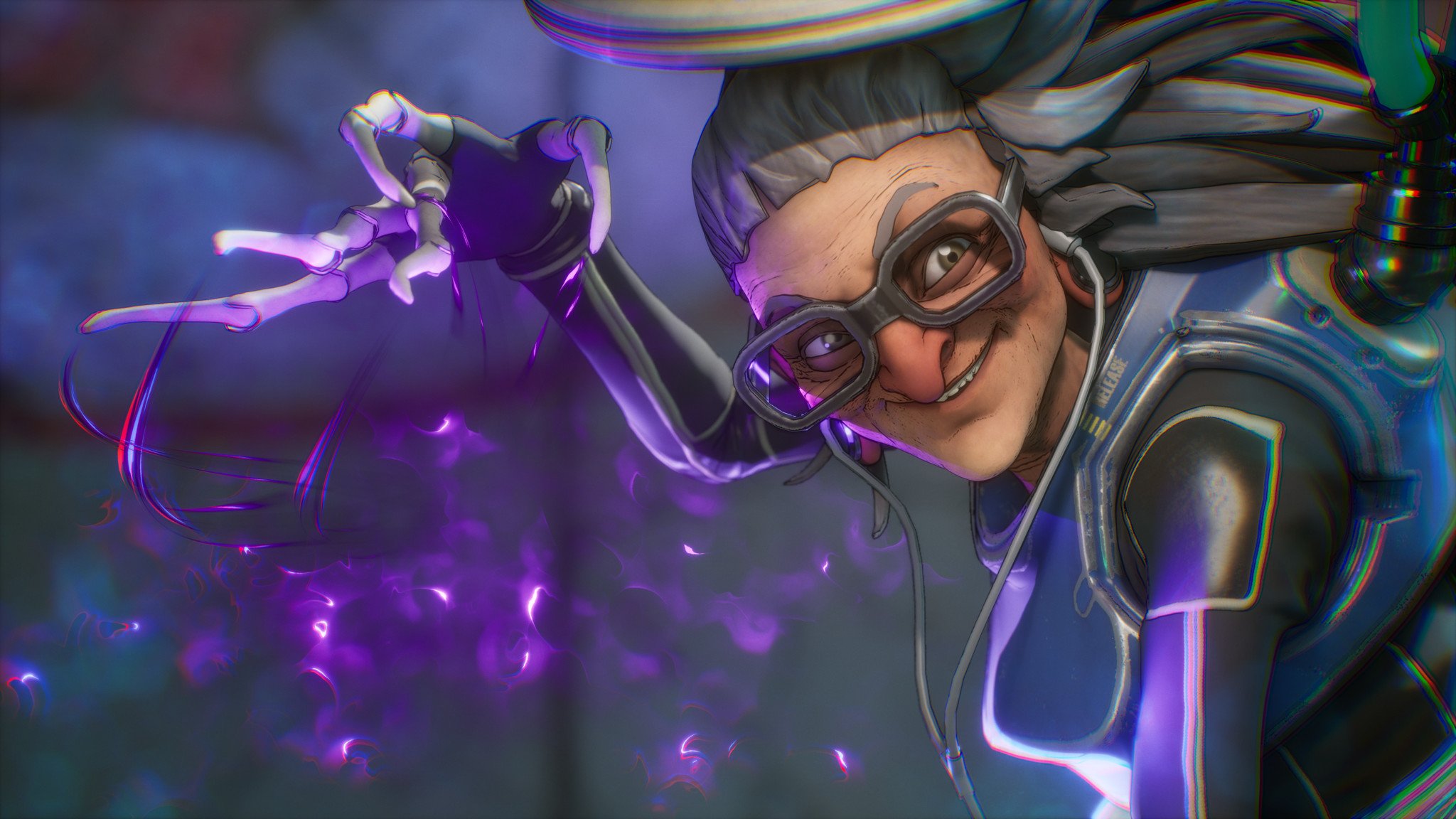
Around 25 developers are currently assigned to Bleeding Edge, which the team has been working on since before Microsoft acquired the studio in 2018. Ninja Theory cited inspirations to us from games like Overwatch, Smite, and even World of Warcraft's PvP arena combat when it comes to Bleeding Edge's gameplay. Visual cues were taken from more vibrant anime styles and also Cannabis Works art reference from Tatsuyuki Tanaka, for its post-modern cyberpunk themes.
The combination of these inspirations and pure Ninja Theory passion has coalesced into something that feels familiar, yet unique in its own right, representing something that with more refinement could evolve into something truly great.
The Bleeding Edge world
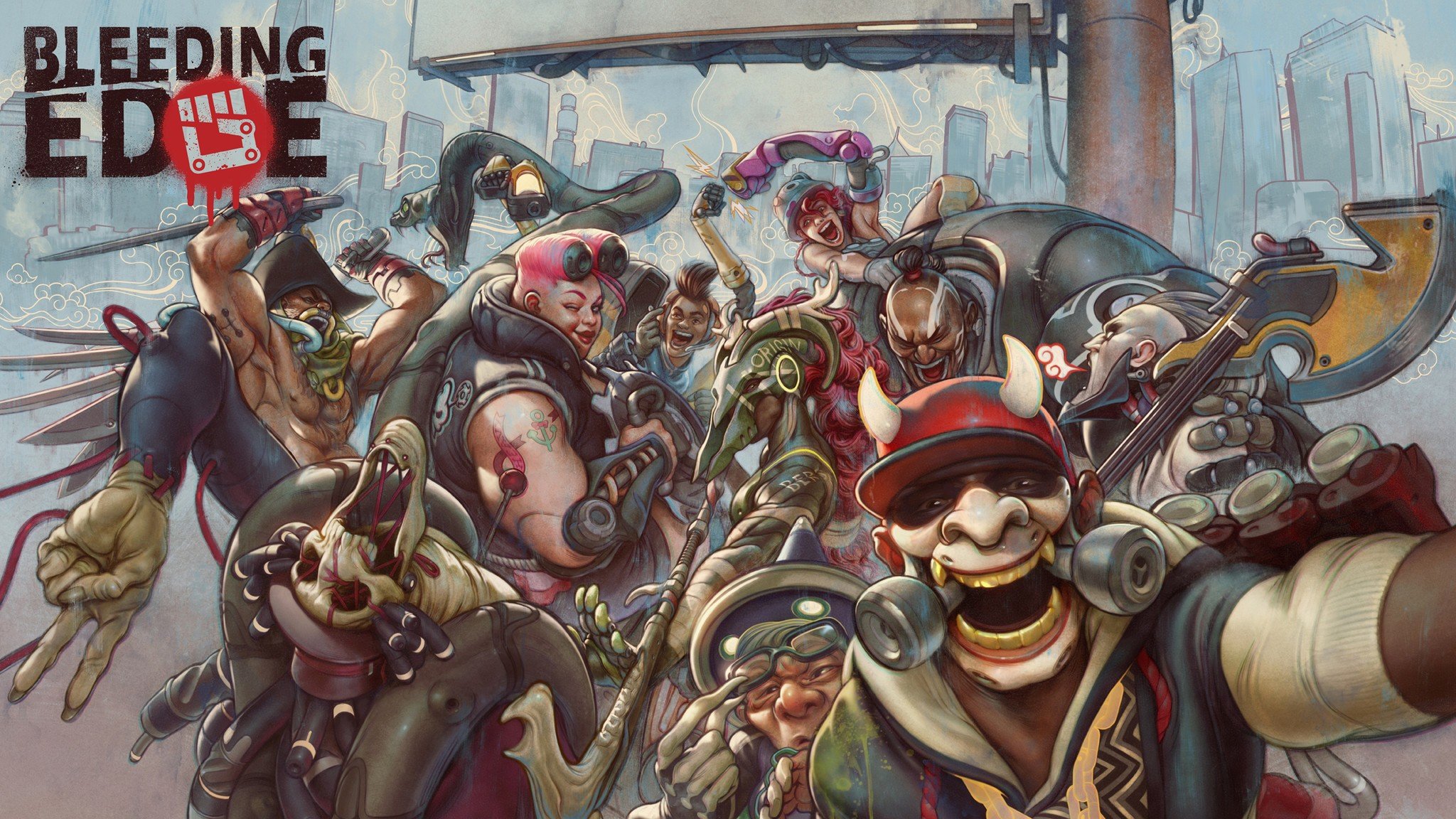
Bleeding Edge is set 50 years into the future, where augmentation has become commonplace, albeit controlled by a small handful of pharmaceutical monopolies controlled by a dominating, wealthy elite. "Bleeding Edge" itself draws some comparisons to Fight Club, in the sense that it is a band of misfits and body-hacking enthusiasts from across the globe, united in their purpose to, one day, democratize access to human enhancement technology.
The group's leader, Daemon, is a prolific hacker who sets the gang in motion, after releasing technical data from one of the big corrupt tech companies monopolizing human cybernetics. As the schematics proliferate across the internet, more and more engineers, programmers, and other fringe elements begin banding together, modifying themselves either out of necessity following accidents, or simply because they love it.
Each character has his or her own back story, representing different nationalities from across the world. Kulev is a British Oxford professor who digitized his consciousness and uploaded it into a robot snake, whose abilities and mods thematically represent his academic passion for the occult. Buttercup is a half-woman, half-motorbike cybernetic brawler, whose augments came about following a motorcycle accident. Daemon himself is a graffiti punk and hacker, turned New York City cyborg samurai. Ten fighters have been revealed so far, which two more to come.
While growing up his guerilla forces, the Bleeding Edge test themselves and their enhancements in friendly (albeit violent) combat in custom-built arenas, in gameplay which is as fun as it is gorgeous.
Hands-on with Bleeding Edge gameplay
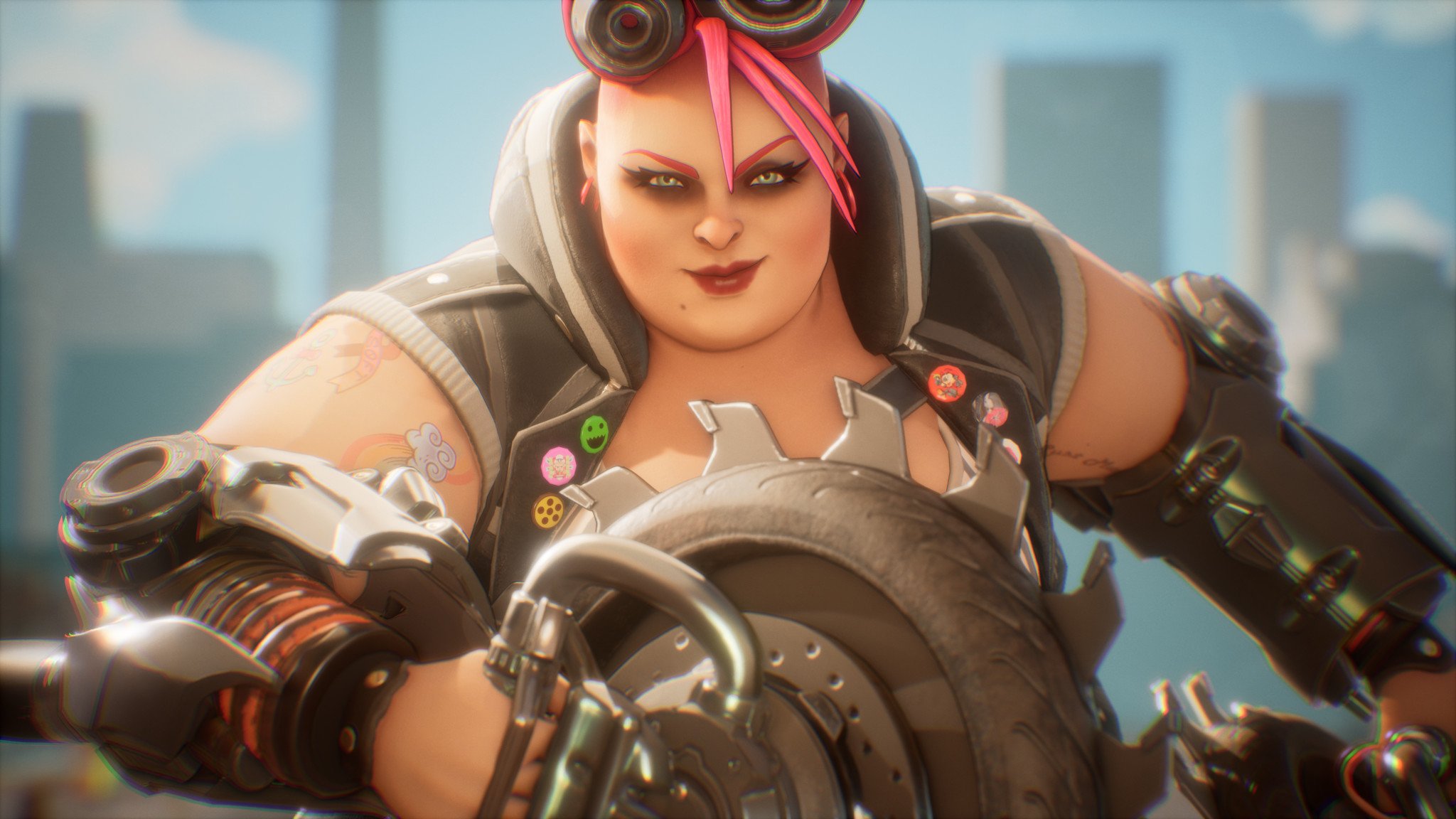
Bleeding Edge is an arena brawler first and foremost, where players must work together and combine their skill sets to capture points on dynamic, hazard-laden cyberpunk maps. The most striking aspect of Bleeding Edge, quite easily, is the art style, which is perhaps best described as a neon-washed acid trip. The character designs are simply insane, in all the right ways. Each ability seamlessly intertwines thematically with the character designs, too, which is a testament to the small team's attention to detail.
Fans of MOBAs and games like Overwatch will find Bleeding Edge to be immediately familiar, gameplay wise. There are tanks, support classes, and assassin damage dealers, each with a unique niche for excelling in particular situations. There are also ultimate abilities which charge up over time, which can be unleashed to devastating effect. Nidhoggr, a badass Norwegian metal band frontman-turned-brawler can ignite an area with lightning from his guitar, stunning enemies in a wide area, for example.
If timed correctly, you could stun a group of players in the path of an oncoming train, resulting in a multi-insta-kill and a plume of flying viscera. For sure, Bleeding Edge lives up to its namesake when it comes to violence.
Playing as both Nidhoggr and the tanky Buttercup, Bleeding Edge immediately sent me into WoW Arena autopilot mode, trying to peel assassins off our healers and line of sight ranged attacks. There are clear parallels between the experiences, with similar lock-on mechanics, special attacks, and so on. Nidhoggr can ignite groups of players on fire, putting pressure on healers to top off multiple allies, while also staying alive. Kulev by contrast, can heal allies in an area of effect, while cursing enemies with increased damage.
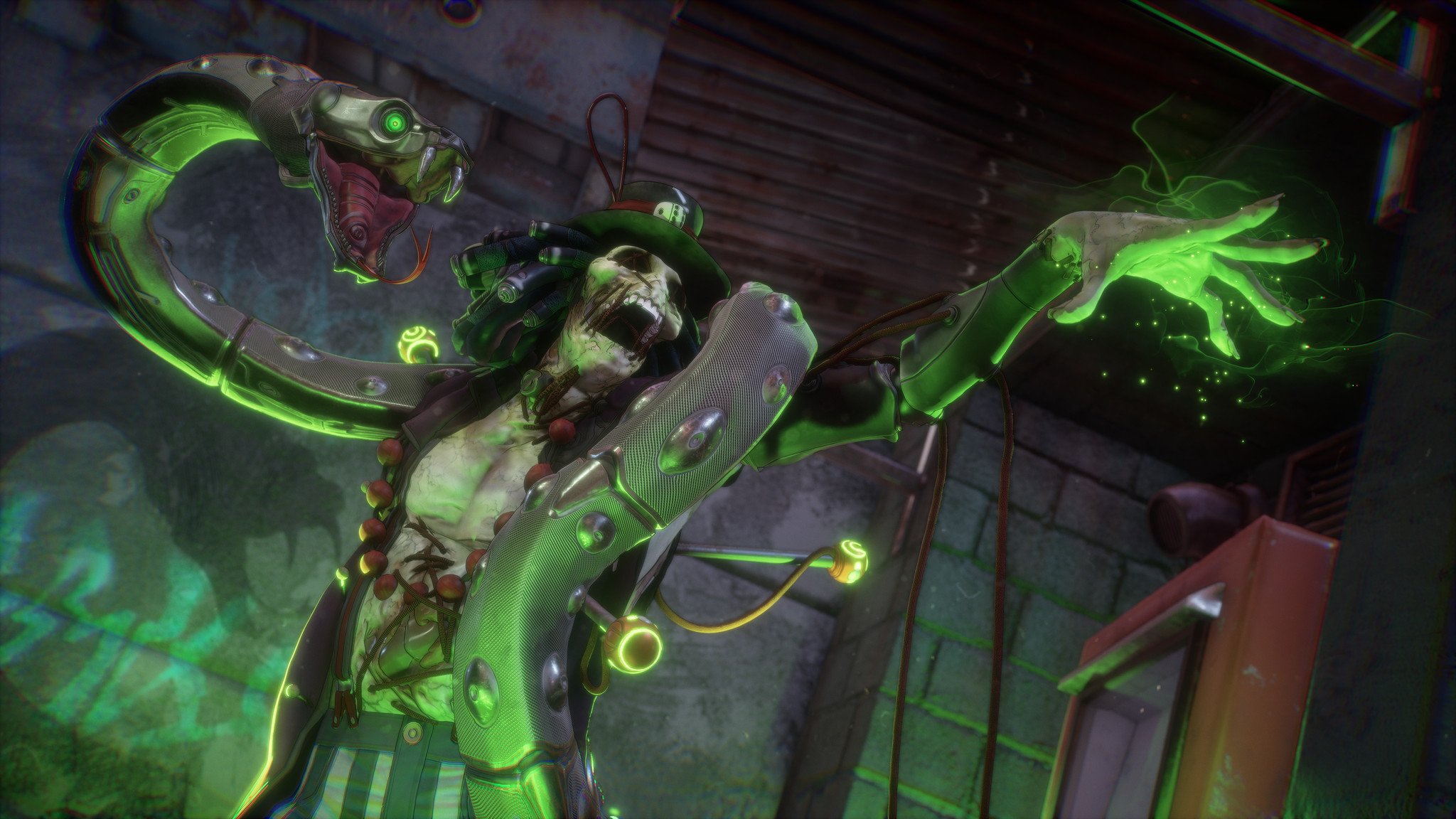
The variety of the character's abilities, the environmental hazards on the maps, and the soft progression system that gives you different types of ability modifiers as you level up should make for a dynamic high-level play while remaining accessible for newcomers. Bleeding Edge also has no microtransactions whatsoever, the in-game currency earned from competing will allow you to unlock soft ability modifiers and passives. Ninja Theory emphasizes that there will never be any "pay-to-win" type systems that affect gameplay, but they still haven't decided how the game will be monetized down the line as of yet.
An intriguing, promising Xbox Game Studios title
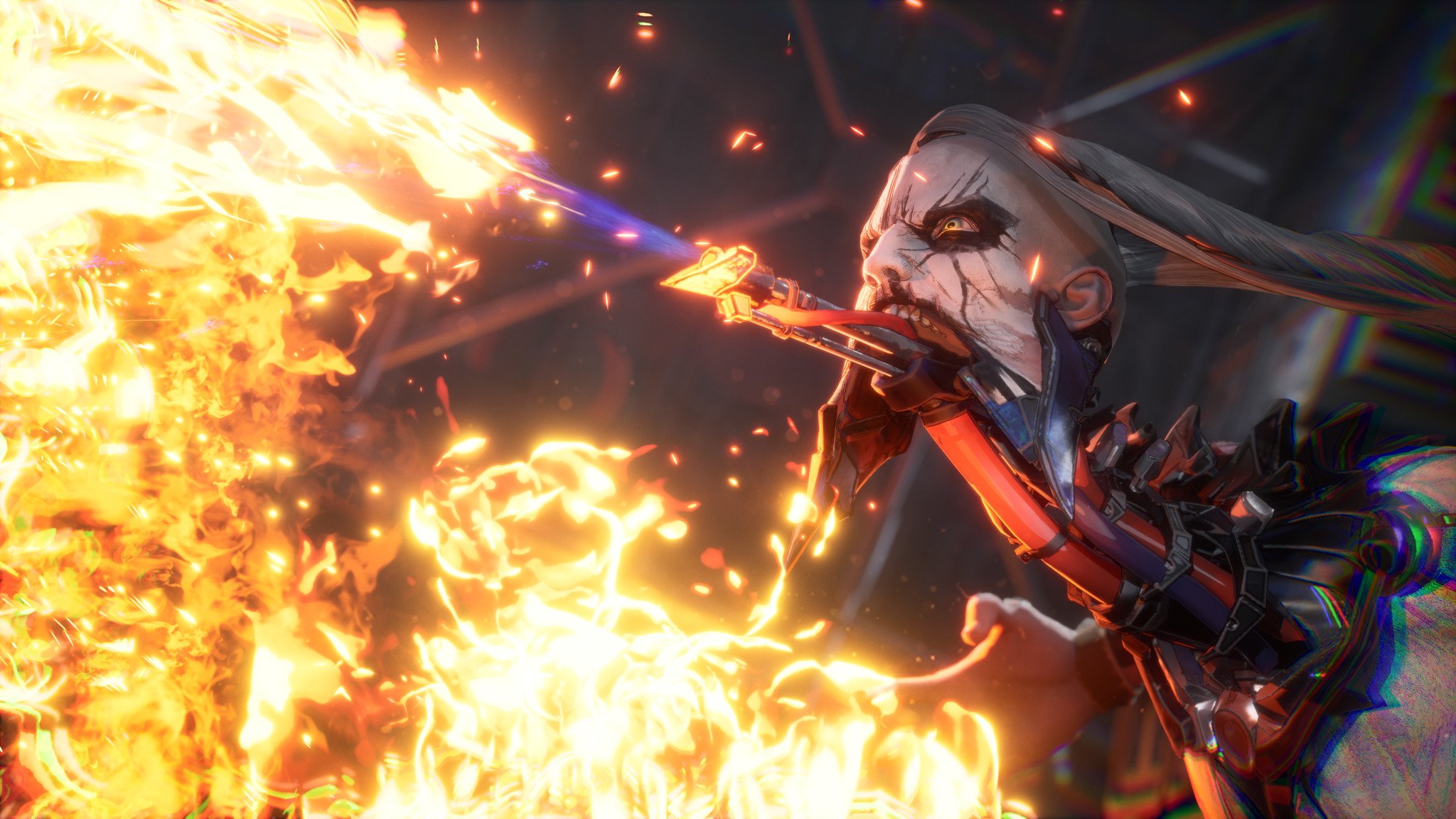
The passion of Rahni Tucker and the rest of the Ninja Theory was inspiring when I met up with the team at E3 2019. Clearly Bleeding Edge is a labor of love, with meticulous attention to detail, world building, and visual themes. Where Bleeding Edge may fall flat is in the combat balance and execution, which is delicate to execute well in a 3D brawler, perhaps indicative of why there aren't a huge amount of successful games of this type out there.
Ninja Theory knows that testing will be key, which is why you can sign up to test the game in its early Alpha stages over on the game's website. With no planned launch date as of yet, it seems Ninja Theory have plenty of time to refine and iterate.
Even though Bleeding Edge will launch as a 4v4 multiplayer-only experience, the potential is clear for a broader push into Overwatch-like territory with a wider expanse of story building, merchandising, and beyond. Of course, that all depends on how popular, and well, fun the game is when it launches. Judging from what I've played so far, I'm optimistic that it will be.
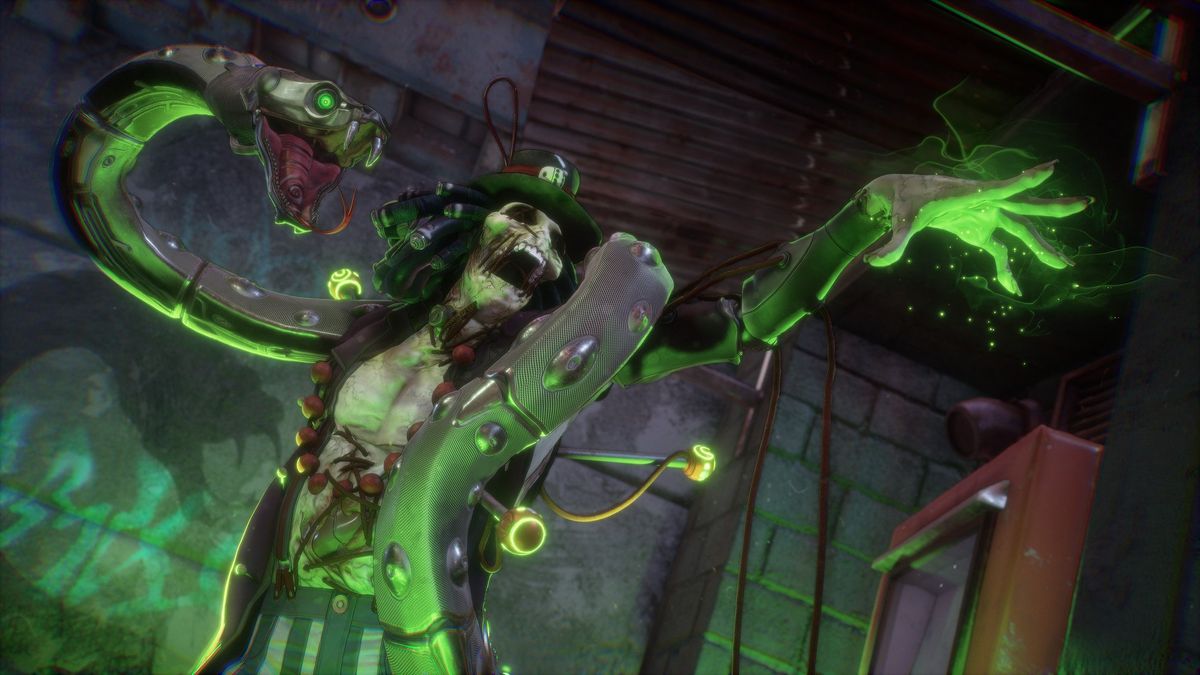
Bleeding Edge is no longer receiving content updates on Xbox and PC, will remain playable
Bleeding Edge never got the attention it deserved.
 www.windowscentral.com
www.windowscentral.com
There is a small clip in the article itself of the gameplay. I can't post it here, it won't let me.

